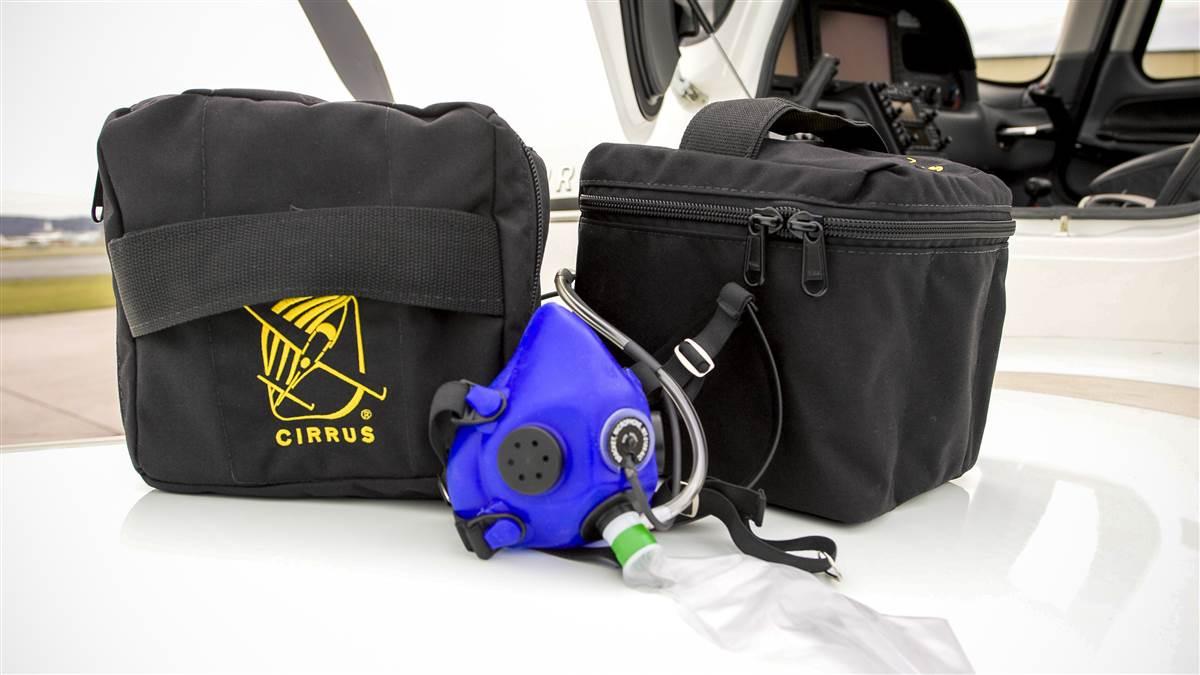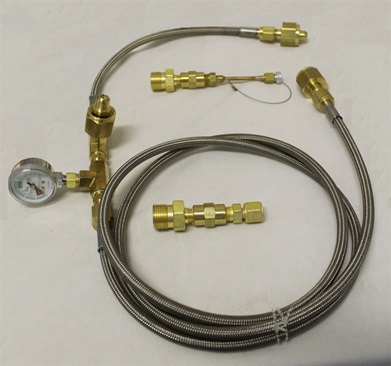Into thin air
A primer on supplemental oxygen

If you’ve gotten a headache flying to Denver or Albuquerque, you know that higher altitudes can leave you feeling tired and take away some of your mental faculties. Supplemental oxygen is one way to avoid altitude sickness in airplanes.
Pressurized airplanes constantly pump air into the cabin to get the ambient pressure as low as a few thousand feet, regardless of how high the airplane is flying. Unpressurized airplanes like most of those in general aviation don’t have such a system, so the pilot and passengers must use supplemental oxygen. The FAA regulations are clear that oxygen is required for the pilot after 30 minutes above 12,500 feet, and always above 14,000 feet. Passengers are required to have access to it above 15,000 feet. As in most regulations, the rules are a minimum standard. Many people advocate for oxygen use above 5,000 feet at night, and maybe 10,000 feet during the day.
Supplemental oxygen systems can be built in from the factory or portable. Portable systems are nothing more than an air bottle, a flow regulator valve, and a special head to connect masks or cannulas. Integrated systems are often larger bottles with tubing that runs through the headliner or sidewall to connection ports at each of the seats for the masks or cannulas.
One of the challenges of flying high with oxygen is flight planning. Flying higher takes more air, as do more passengers. So, a multi-leg trip with three friends will take a lot of careful planning to ensure that the cylinder can be refilled when you land. Oxygen is available in several different grades with varying levels of purity and moisture content, but the FAA recommends pilots stick to aviator's-grade oxygen.





